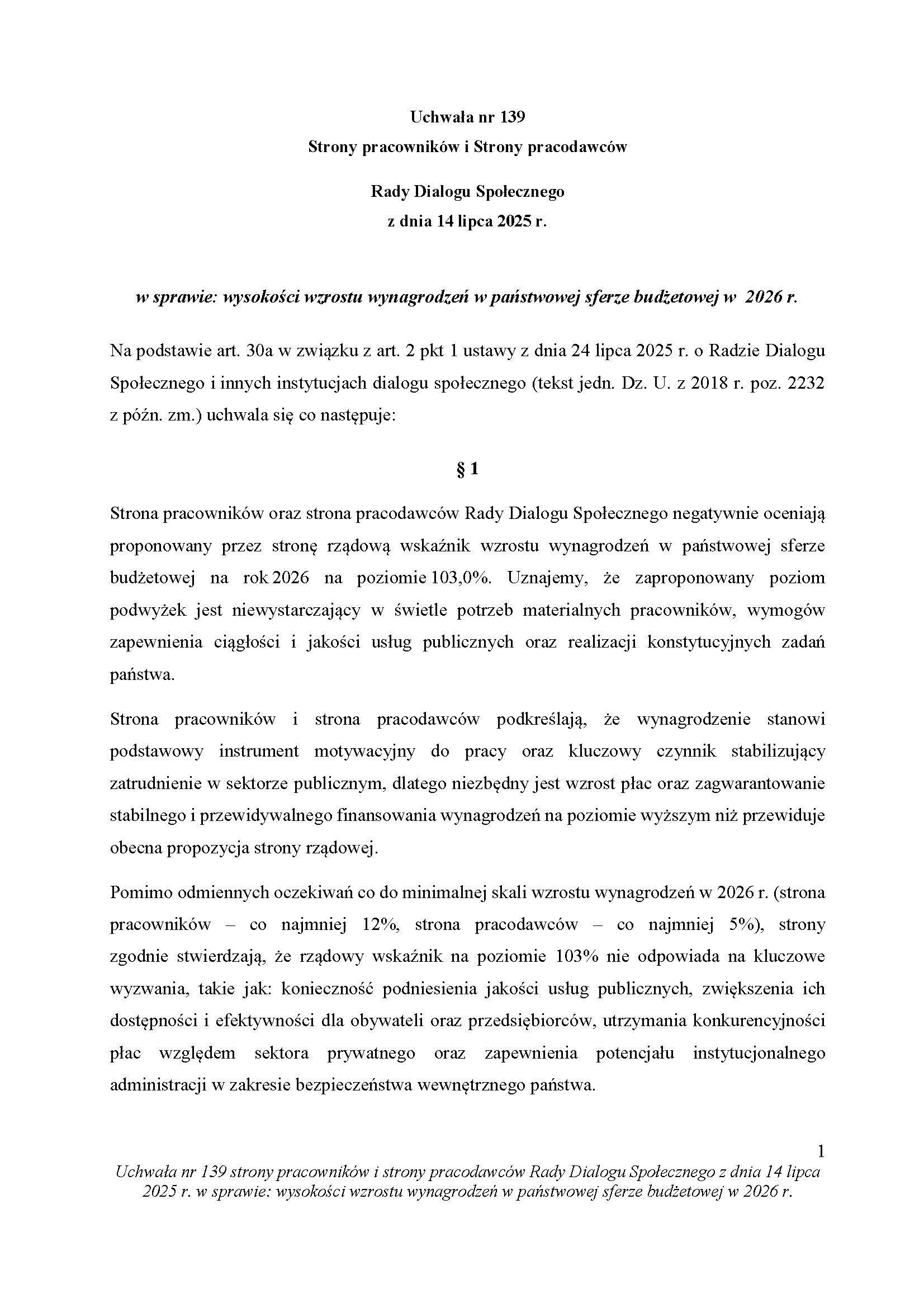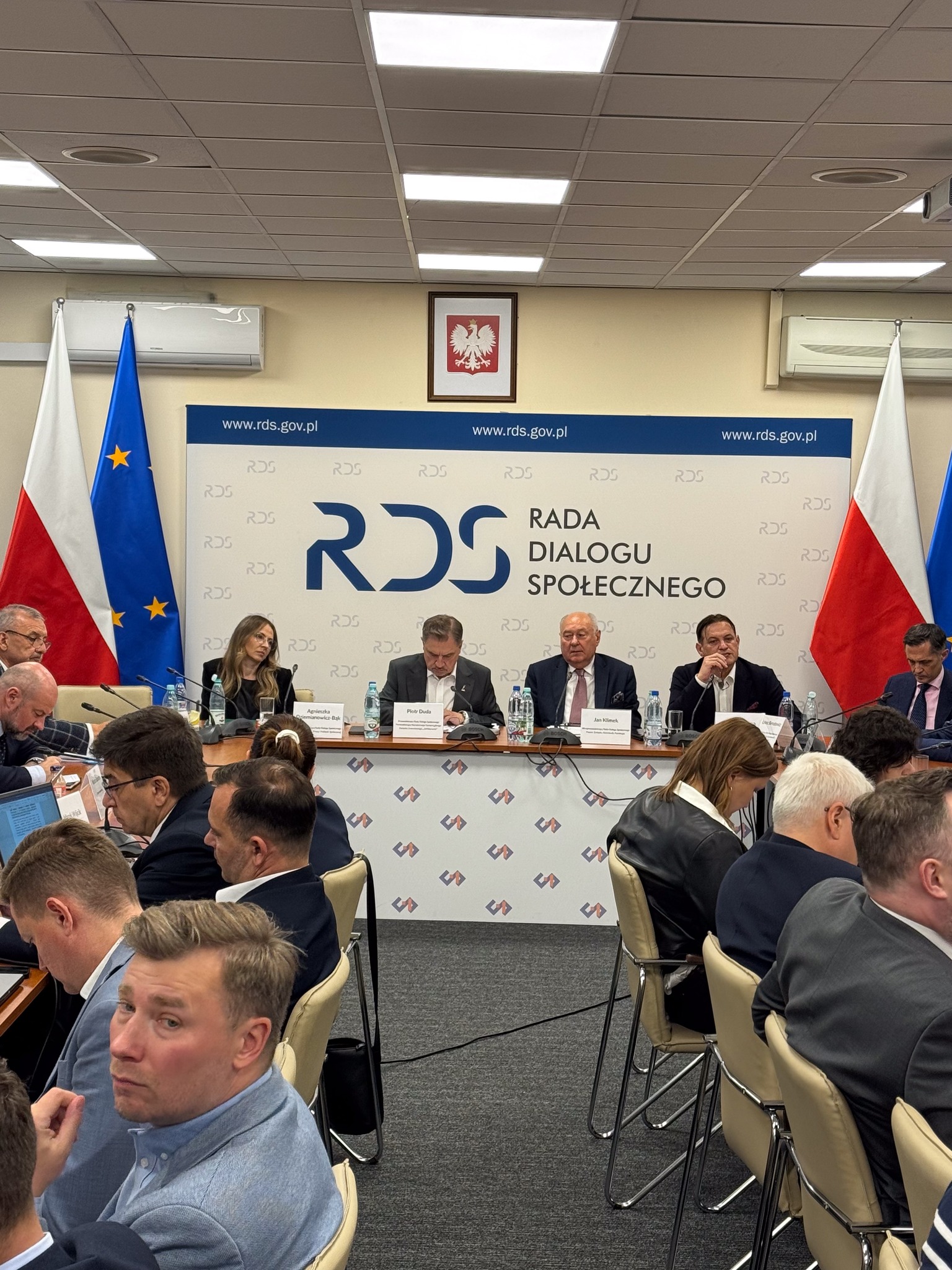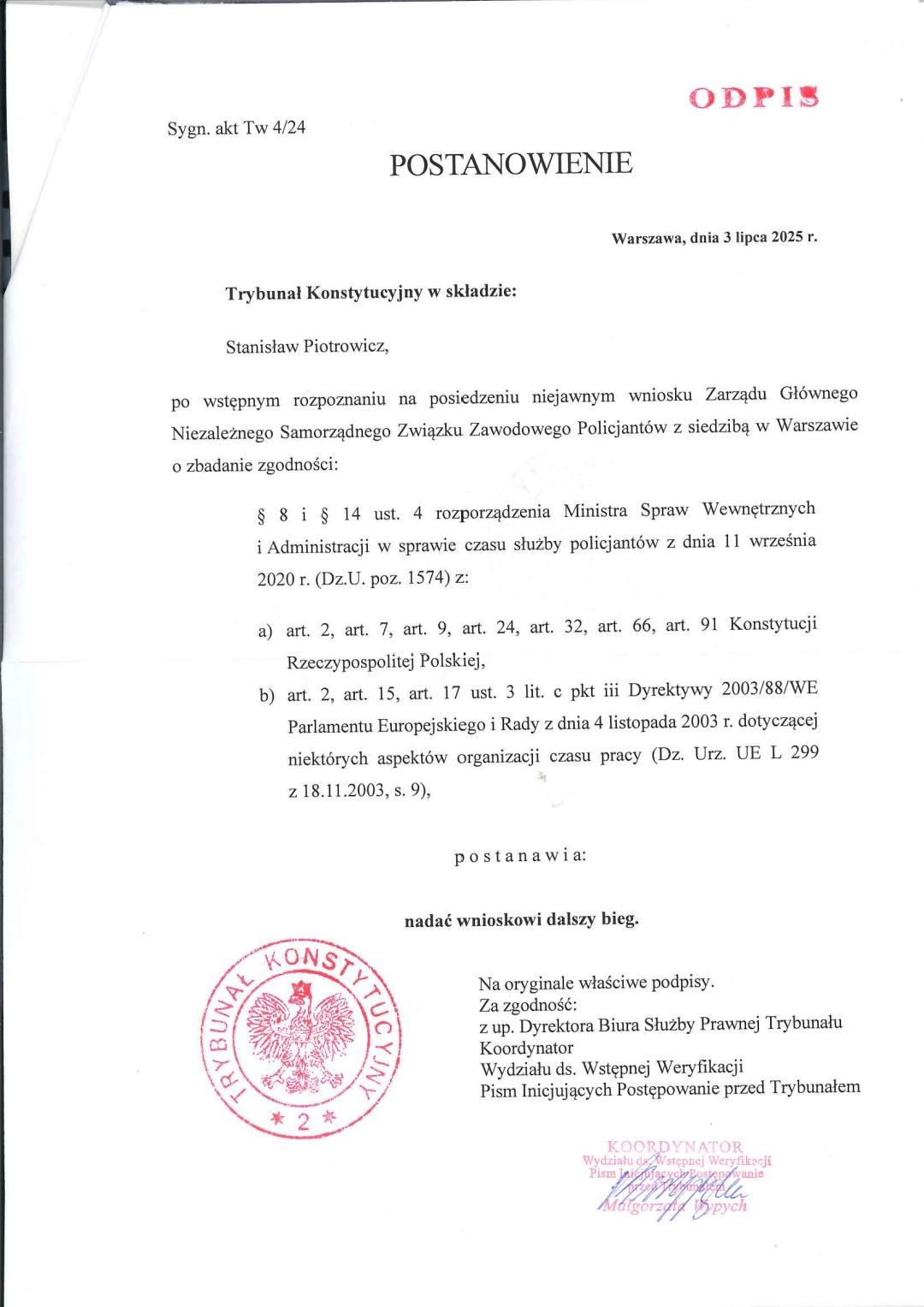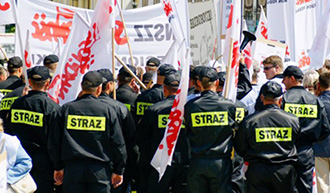
FORT WORTH— American Airlines (AA), among other U.S. carriers, is reviving a decades-old pricing strategy that makes one-way domestic flights significantly more expensive than round-trip bookings.
Travelers departing from cities like Tampa (TPA) to Miami (MIA) on flights such as AA2199 (Boeing 737) have begun to notice a steep difference in fares.
Industry data shows this practice is becoming more widespread, particularly close to the departure date. Delta Air Lines (DL), American Airlines (AA), Alaska Airlines (AS), United Airlines (UA), and Southwest Airlines (WN) are all adopting this model, though Delta leads in frequency.
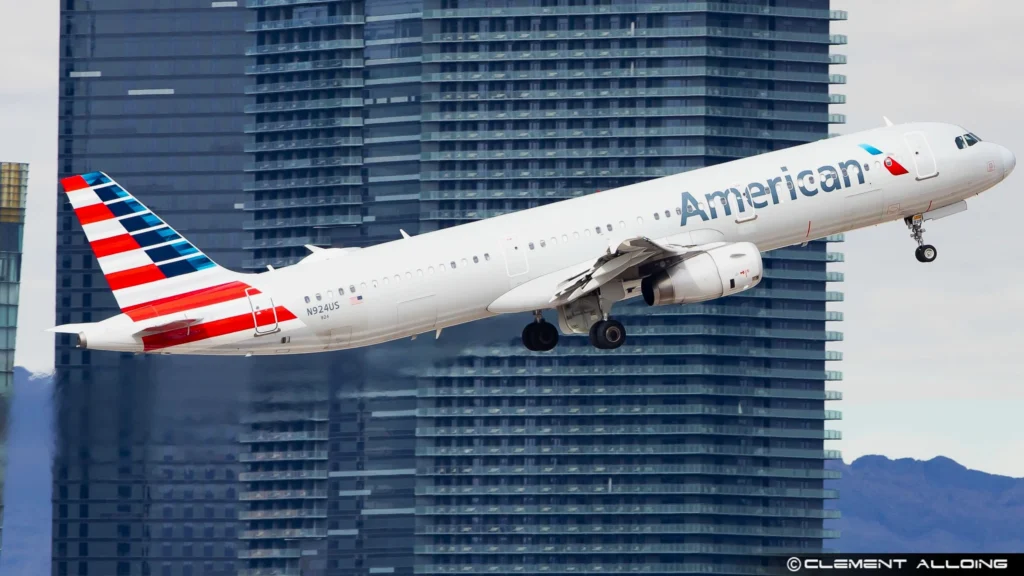 Photo: Clément Alloing
Photo: Clément AlloingAmerican Airlines Charges More One-Way Fare Prices
According to a study by Thrifty Traveler that analyzed 2,000 itineraries across major U.S. airlines, over 50% of flights now show higher total costs when booked as two one-ways instead of a round-trip.
In over 90% of cases where flights were booked within 14 days of departure, the round-trip ticket was significantly cheaper.
For example, on American Airlines (AA), a one-way flight from Tampa (TPA) to Miami (MIA) may cost $287 in the Main fare class.
However, booking the same flight as part of a round-trip brings the price down to just $174 for Basic Economy or $234 for Main. This disparity reveals a clear shift in fare structuring aimed at maximizing yield per passenger segment, OMAAT reported.
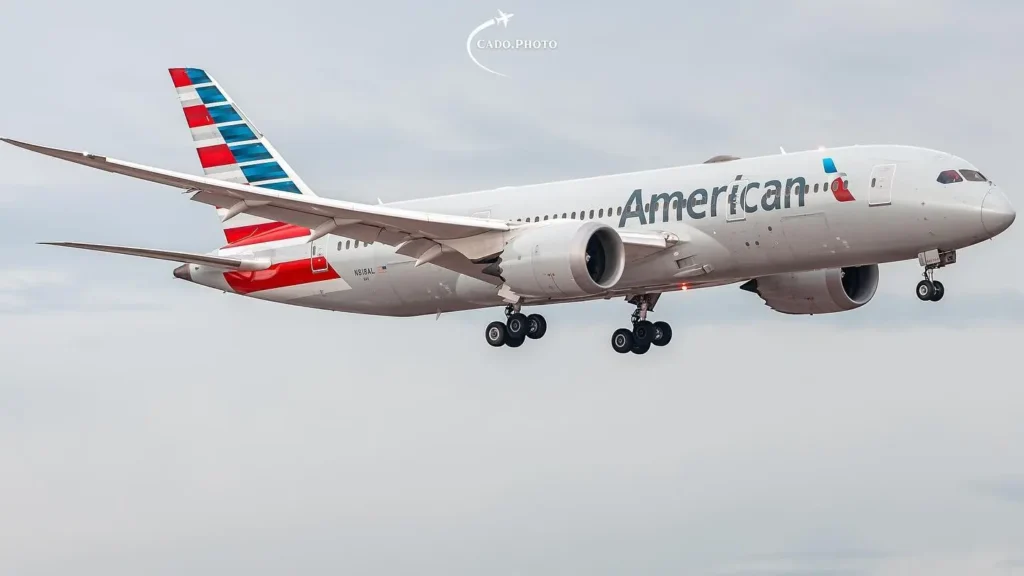 Photo: Cado Photo
Photo: Cado PhotoBreakdown of Fare Classes and Flexibility
Comparing fare structures reveals even deeper pricing strategies. One-way options on American Airlines range from:
- Main ($287): Seat selection allowed, changes permitted, but bags cost extra.
- Main Plus ($348): Includes 1 free checked bag and early boarding.
- Main Select ($377): Adds same-day flight changes and priority boarding.
- First ($377): Highest comfort level with 2 checked bags and full refund flexibility.
In contrast, round-trip bookings show a more favorable cost structure for travelers:
- Basic Economy ($174): Cheapest fare but highly restrictive—no refunds or changes.
- Main ($234): Slightly more expensive but offers change flexibility.
- Main Plus ($356) and Main Select ($429): Both offer greater flexibility and amenities, with better value compared to booking two one-ways.
Airlines Leverage AI and Dynamic Pricing Models
Airlines are using artificial intelligence and dynamic pricing tools to segment travelers based on intent and urgency.
Delta Air Lines, in particular, has announced that 20% of its flights will be priced using AI-based models by year-end. These tools assess customer profiles in real-time to maximize revenue without breaching market competitiveness.
This AI-driven pricing doesn’t merely respond to demand but anticipates customer behavior—business travelers booking last-minute trips are more likely to face inflated one-way fares compared to leisure travelers booking early.
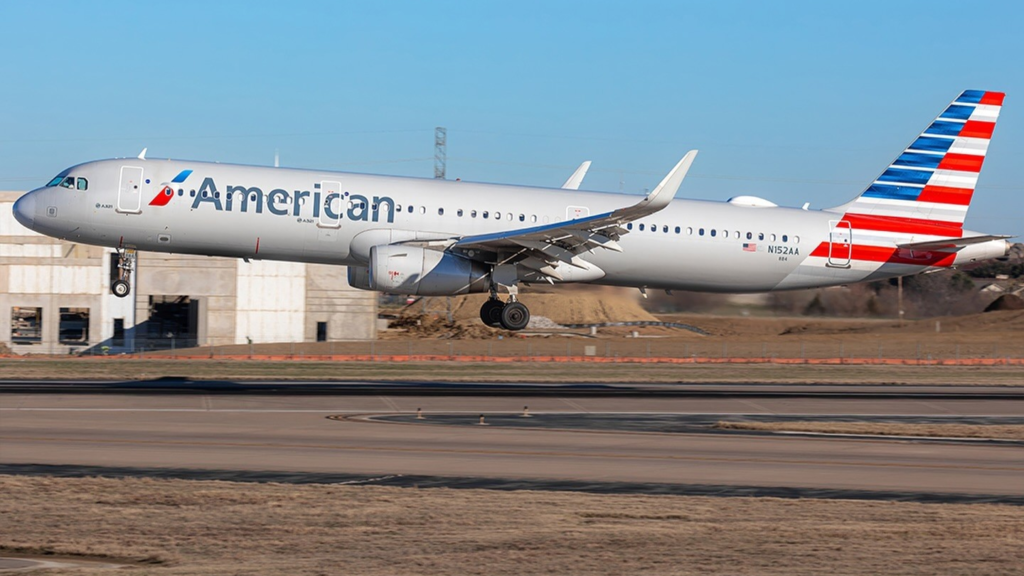 Photo: Cado Photo
Photo: Cado PhotoMarket Forces Will Dictate Sustainability
Although this pricing model may frustrate travelers, it reflects a fiercely competitive industry attempting to recover and grow profit margins.
The airline sector remains low-margin and relies on strategies like credit card partnerships, loyalty programs, and dynamic pricing to balance costs.
Still, market forces are self-correcting. If consumers find one-way fares unreasonably high, they can switch carriers, delaying travel or bundling trips. Airlines that push the limits of pricing may see a dip in bookings and be forced to reverse course.
Stay tuned with us. Further, follow us on social media for the latest updates.
Join us on Telegram Group for the Latest Aviation Updates. Subsequently, follow us on Google News
American Airlines Quietly Improving its Services for Passengers
The post American Airlines Raise One-Way Fare Prices Compared to Roundtrip appeared first on Aviation A2Z.













